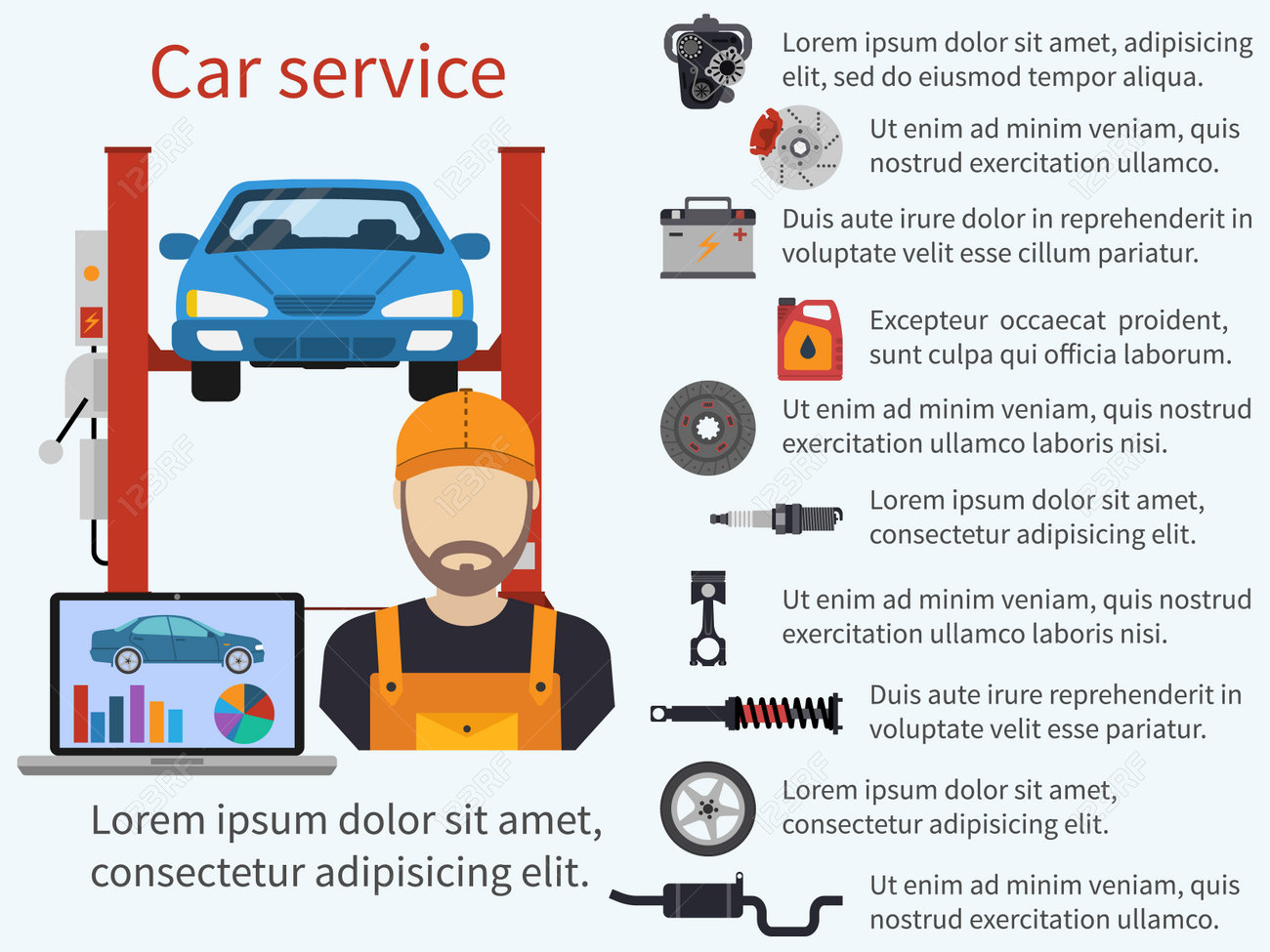Seeking Clearness On The Caution Lights Showed On Your Car'S Dashboard? Find Out Just How They Associate With Your Vehicle'S Health And Safety
Seeking Clearness On The Caution Lights Showed On Your Car'S Dashboard? Find Out Just How They Associate With Your Vehicle'S Health And Safety
Blog Article
Web Content By-Termansen Torres
When you're behind the wheel, those glowing caution lights on your dashboard can be a little bit bewildering. Do you recognize what they're trying to inform you regarding your cars and truck's health and wellness? Comprehending the relevance of these lights is important for your safety and security and the long life of your automobile. So, the next time one of those lights turns up, would not you wish to understand its message precisely and take the required actions to resolve it?
Common Caution Lights and Interpretations
Identify typical caution lights in your car and comprehend their definitions to make certain safe driving.
One of the most common warning lights consist of the check engine light, which signifies problems with the engine or discharges system. If this light begins, it's crucial to have your automobile inspected immediately.
The oil stress warning light shows low oil pressure, calling for prompt attention to prevent engine damage.
A flashing battery light could suggest a damaged billing system, potentially leaving you stranded otherwise resolved.
The tire stress monitoring system (TPMS) light alerts you to reduced tire stress, impacting automobile security and fuel efficiency. Overlooking this might bring about hazardous driving problems.
carseatcleaning suggests a problem with the anti-lock stopping system, jeopardizing your capability to stop promptly in emergencies.
Last but not least, the coolant temperature level warning light warns of engine getting too hot, which can cause severe damage if not solved promptly.
Comprehending these typical warning lights will help you attend to issues quickly and preserve risk-free driving conditions.
Significance of Prompt Attention
Comprehending the typical caution lights in your cars and truck is only the initial step; the relevance of without delay resolving these warnings can not be emphasized sufficient to ensure your safety and security on the road.
When a warning light illuminates on your dashboard, it's your cars and truck's method of communicating a potential issue that requires interest. Ignoring these warnings can lead to extra serious issues down the road, jeopardizing your safety and security and possibly costing you much more in repairs.
Prompt attention to cautioning lights can avoid breakdowns and accidents. As an example, a blinking check engine light can indicate a misfire that, if left ignored, can cause damages to the catalytic converter. Addressing this promptly can conserve you from a costly fixing.
Similarly, a brake system warning light may signal low brake fluid or worn brake pads, vital components for your security when driving.
Do It Yourself Troubleshooting Tips
If you observe a warning light on your dashboard, there are a couple of do it yourself troubleshooting tips you can attempt prior to seeking expert aid.
https://kameronqmgbv.blogoxo.com/30076076/refine-your-automobile-detailing-skills-with-seasonal-pointers-to-keep-your-automobile-shining-and-protected-discover-how-to-take-on-each-season-s-special-challenges is to consult your cars and truck's manual to understand what the details caution light indicates. Sometimes the problem can be as straightforward as a loosened gas cap causing the check engine light. Tightening the gas cap may settle the problem.
Another typical concern is a reduced battery, which can trigger different warning lights. Examining the battery links for corrosion and guaranteeing they're safe might take care of the trouble.
If a warning light continues, you can try resetting it by disconnecting the car's battery for a few minutes and after that reconnecting it. Additionally, examining your car's fluid levels, such as oil, coolant, and brake liquid, can assist fix advising lights related to these systems.
Conclusion
Finally, understanding your vehicle's warning lights is necessary for maintaining your car running efficiently and securely. By quickly resolving these informs and understanding what they indicate, you can stay clear of expensive repairs and potential break downs.
Bear in mind to consult your car's guidebook for specific details on each alerting light and take action as necessary to make sure a trouble-free driving experience.
Keep informed, remain safe when traveling!
